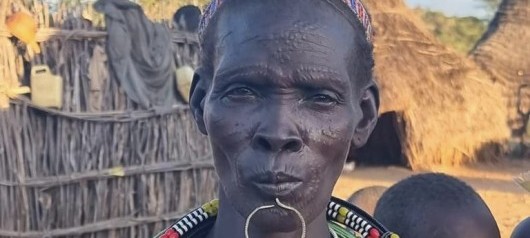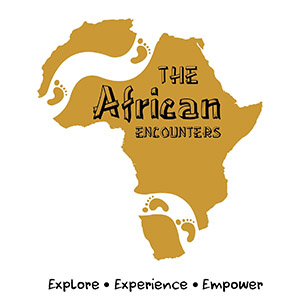TOPOSA PEOPLE OF SOUTH SUDAN
In the world of diversity, tourism, we take you to where your holiday experience is maximized. South Sudan is the newest country in the African continent yet with diverse ethnic groups, historical and cultural attractions. It is without say one of the finest destination for cultural tours in Africa. It is situated in the East-central Africa, bordered to the east by Ethiopia; south by Uganda, west by Central African Republic, south east by Kenya, southwest by the Democratic Republic of Congo, and north by Sudan.
The nation got her independence in 2011, with Juba as the capital city, and the largest of all the cities in the country. One can get to South Sudan on road, Boat, railway and road depending on the direction you are from or choice. Islam is the dominant religion, yet Christianity is largely spread across the regions. Regardless of the over 13 years of civil unrest; infrastructure is set and tourist welcomes. Cultural tourism is the prime safari offer, with unique cultures. Safety is guaranteed, and lots of historical, cultural and wildlife to encounter during your stay in the country.
Toposa tribe are one of the many tribes in South Sudan; Others are; the Mundari tribe known for cattle keeping; the Dinka are cattle keepers; Anyur tribe in the greater upper Nile region; Nuer tribe-pastoralists; Murle tribe in the eastern part of south Sudan; Bari tribe in central equatorial region; shiluk in the upper Nile region; and more.
What to know about the Toposa people of South Sudan?
The Toposa tribe is one of the major ethnic groups in South Sudan. They reside in the greater Kapoeta eastern equatorial state, with parts of the land stretching to Ethiopia. The other tribe with the Toposa people are the Didinga people who are farmers, and live in the wetter and fertile areas. The cattle Keepers-the Toposa dominate the plains. Ivory trade is one of the trade these people engage in. The heart of each Toposa is in his cattle, goats, and sheep. They do all it takes to protect the animals as they are fierce warriors and cattle wrestlers. Their population is about 300,000, with the herdsmen armed with AK 47 guns for the sake for their cattle.
As you meet the Toposa people; there will be one thing in your mind “how does a person accept scars in their Body”. Scars are part of cultural Identity and pride. A Toposa scar isn’t just any scar; it means adulthood, beauty, or a belonging to a given clan.
The Toposa people are fierce warriors who protect their culture and homeland from intruders and inter-tribal fighting. Through certain rites, the young men are initiated into a life as a warrior. They have metal, shell, and beaded accents on their attire. They create raised patterns from scars on their bodies by using a razor or knives. The women wear skirts made of animal skins and materials, and the men tie a cloth around their waists. Accessories made of leather and beads enhance their appeal.
Their social structure is based on chief-led clans. As people grow older, they move from one social order to another. Rituals and beliefs exist among them. In their daily lives, such as the timing of birth, marriage, initiation, and death, they trust in supernatural powers.
At the Toposa village, pastoralism and subsistence farming are the main economic activities. They trade animals, handmade goods, and agricultural goods with their neighbors. With the help of the trade, they are able to acquire luxuries like clothing, tools, and utensils. Additionally, the locals create handicrafts including beadwork, beads, skins, shells, and more.
Tourist activities in Toposa community?
Art and craft experience
Learn something new during your holiday from the skilled artisans in the local community of Toposa tribe. This covers the leather craftsmanship, jewelry making, handcraft, and more. Visitors undergo both theoretical and practical lessons during their stay.
Herding
Just wondering what cattle keeping is and how to go about it; Join the Toposa herds’ men to the field for a full day raring of cows, goats and sheep. By so doing you get to appreciate the sacrifices of rural living. You get to learn how to milk, calm down cattle, water them, and much more.
Cultural exchange and community tours
Feel free to introduce the locals to your culture. Participating in some of their practices, such as dance, dress, food, and more, while also imparting some of what your culture is most proud of. You should make acquaintances and engage in cross-cultural exchanges during your stay. Visit the communal caves, manyattas, and camps, as well as the animal kraals, grazing areas, and more.
Visitors are expected to treat Toposa people with respect and responsibility when they are in the village. Although some actions and appearances might not fit with your worldview, the proprietors are proud of their traditions. Ask the local elders for permission before taking pictures or entering the community. The ideal course of action is to join a tour led by a local.





